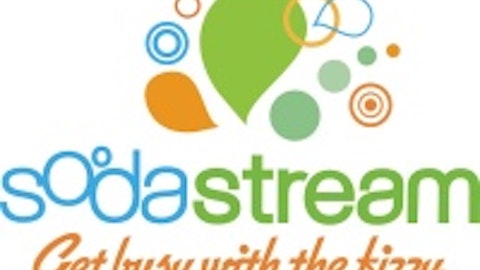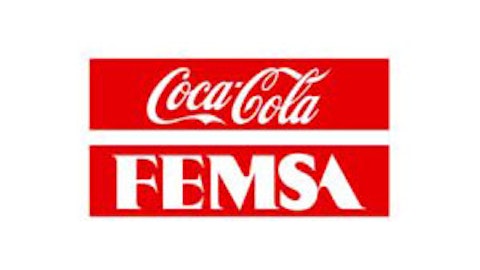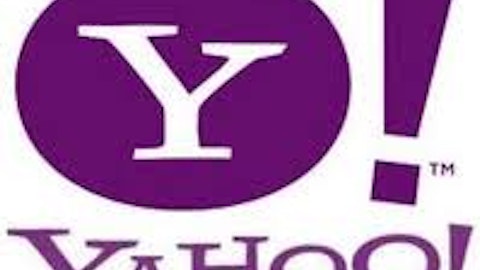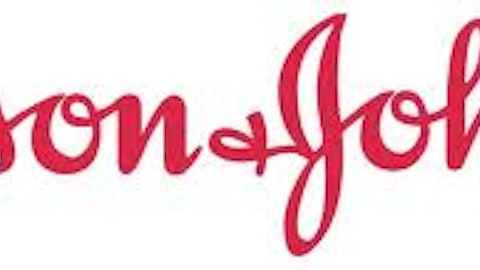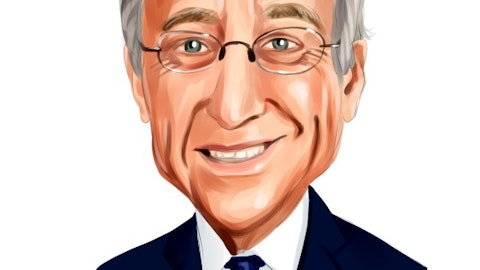The long-waged soda wars between The Coca-Cola Company (NYSE:KO) and PepsiCo, Inc. (NYSE:PEP) have taken an interesting turn that investors should carefully consider. While it’s easy to group the two soda juggernauts together as equals, there are stark differences in leadership direction forming, and each company has made a decision on its future trajectory.
The Coca-Cola Company (NYSE:KO) has decided that it wants to remain a pure-play sparkling beverage company, while Pepsi has decided to break out into food products. The strategic visions of each company are clear and distinct, and investors should weigh each carefully before making a decision to jump in to either stock.
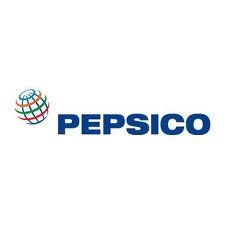
Slow and stodgy? Not so much
It’s tempting to assume Coca-Cola and Pepsi to be two lumbering giants, operating in a slow-moving industry with limited avenues for future growth. However, when it comes to growth, investors may well be surprised. Coca-Cola has grown its sales at a compounded annual rate of 10.7% since 2008. Pepsi, meanwhile, has grown revenue by 11%, compounded annually, over the same period.
This strong growth has allowed both The Coca-Cola Company (NYSE:KO) and PepsiCo, Inc. (NYSE:PEP) to deliver outstanding shareholder rewards over the past five years. Both companies are among the market’s premier dividend-paying stocks, and dividend growth in recent years has been no exception. Coca-Cola and PepsiCo, Inc. (NYSE:PEP) maintain impressive dividend track records, having increased dividends for 51 and 41 years in a row, respectively.
Where the growth is going forward
On the subject of future growth, there’s a clear difference in the paths being charted by The Coca-Cola Company (NYSE:KO) and Pepsi. While Coca-Cola has remained steadfast in its position as a purely sparkling beverage company (evident by the fact that sparkling beverages make up approximately three-fourths of the company’s revenue),Pepsi has meaningfully branched out into other product areas.
Consider that Pepsi’s revenue is almost evenly split between food and beverages. Last year, the food-beverage mix was 51% and 49%, respectively.Clearly, Pepsi has decided to be a diversified food and beverage company to take advantage of the ever-evolving consumer landscape. Pepsi now operates a broad snack and food business, with world-class brands such as Frito-Lay and Gatorade under its umbrella.
The company has even made strides in healthier product alternatives through its Quaker Oats brand and specialty products like Sabra hummus and Naked juices. All told, Pepsi now holds 22 brands that each account for at least $1 billion in annual sales.
Case volumes of sparkling beverages in the United States have flat-lined in recent years, which gives me pause about The Coca-Cola Company (NYSE:KO)’s future. However, it’s absolutely true that international growth remains strong, particularly in the emerging markets. This is where I believe Coca-Cola has a distinct advantage: Its premier brand, indicated by the fact that Coca-Cola and Diet Coke are the top-two selling sparkling beverages, optimally positions it to take advantage of above-average growth in developing economies.
A smaller industry player to consider
Similar to Coca-Cola in terms of product offerings is Dr Pepper Snapple Group Inc. (NYSE:DPS), which, like its big brother, relies exclusively on beverages. Even though Dr Pepper Snapple Group Inc. (NYSE:DPS) is a much smaller competitor, with a $9 billion market capitalization, it offers a compelling investment case. That’s because not only does Dr. Pepper Snapple offer more growth potential, due to its much smaller size, but it’s also cheaper than its larger rivals on most valuation metrics.
While the S&P 500 index trades for a trailing earnings multiple in the high teens, Dr Pepper Snapple Group Inc. (NYSE:DPS) exchanges hands for just 15 times earnings. It’s attractively priced when compared to its industry competitors as well, as its multiple is significantly below Coca-Cola’s 20 P/E and Pepsi’s 18 P/E. And, Dr. Pepper’s 3.5% dividend yield stands above its peers’ payouts.
However, it appears Dr Pepper Snapple Group Inc. (NYSE:DPS) trades for a measurable discount for a good reason, which is its underwhelming growth over the past five years. Since 2008, it’s grown its sales by just 1.2% compounded annually.Moreover, its balance sheet has deteriorated: The company’s shareholder equity and total assets have declined, while its debts have grown. As a result, investors would be wise to focus on its two larger peers.
Valuation and strategy make Pepsi the beverage stock to buy
Pepsi holds a more attractive valuation than Coca-Cola at recent prices, and in my estimation, a better outlook. Consumers are widely adopting healthier lifestyles, shying away from traditional high-calorie sparkling beverages. To be fair, Pepsi still holds many products that don’t exactly cater to healthy living, but at the same time it isn’t blindly denying the trend to the extent Coca-Cola is.
Pepsi has meaningfully split its business between food and beverages, and within each category, owns plenty of brands that appeal to calorie-conscious consumers. As a result, despite Coca-Cola’s attractive emerging market growth potential, I believe the future to be brighter for Pepsi thanks to its visionary management.
The article PepsiCo: Why Strategy Matters originally appeared on Fool.com and is written by Robert Ciura.
Robert Ciura has no position in any stocks mentioned. The Motley Fool recommends Coca-Cola and PepsiCo. The Motley Fool owns shares of PepsiCo.
Copyright © 1995 – 2013 The Motley Fool, LLC. All rights reserved. The Motley Fool has a disclosure policy.
